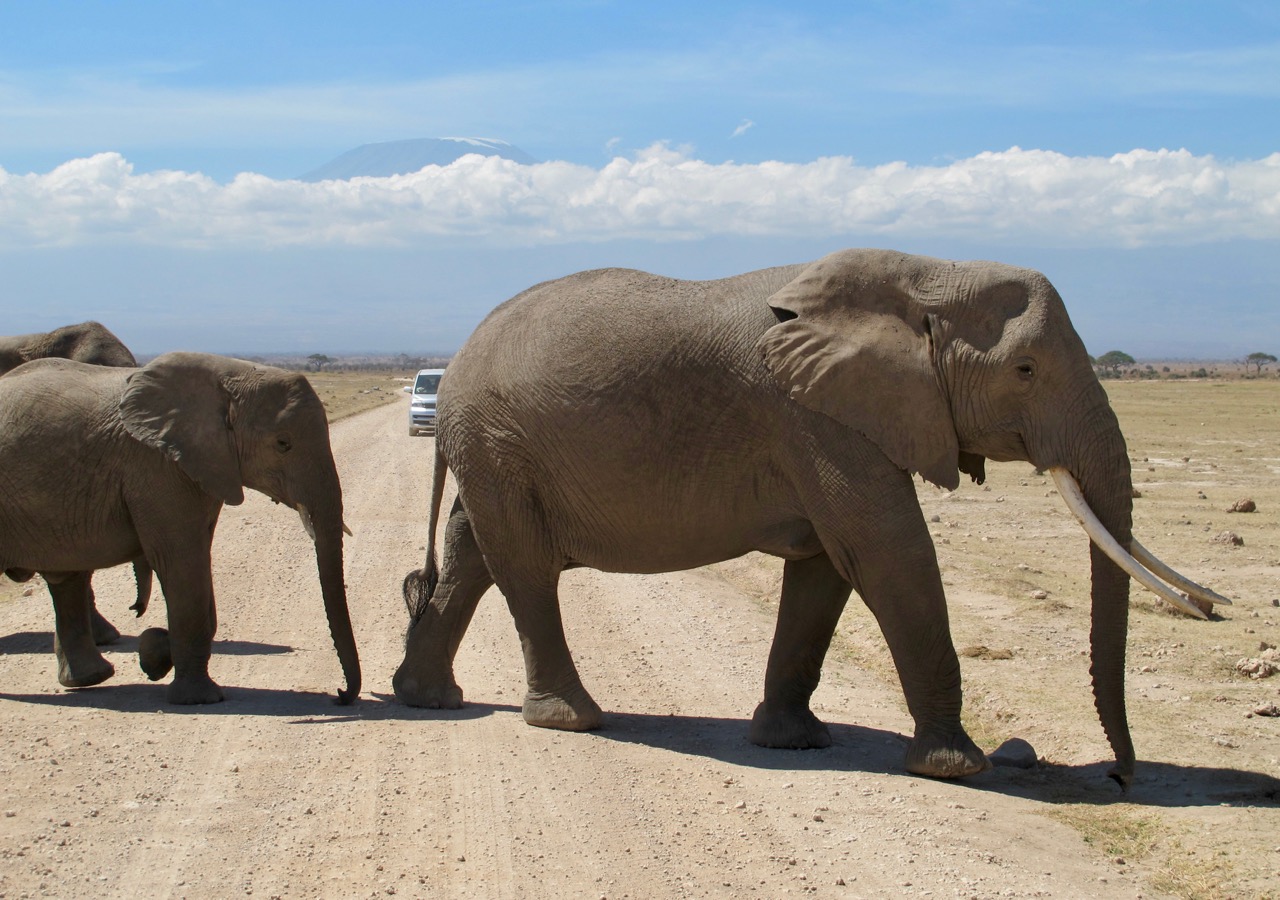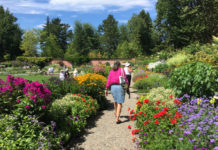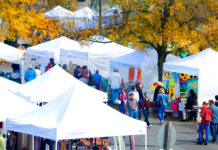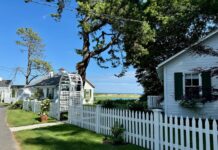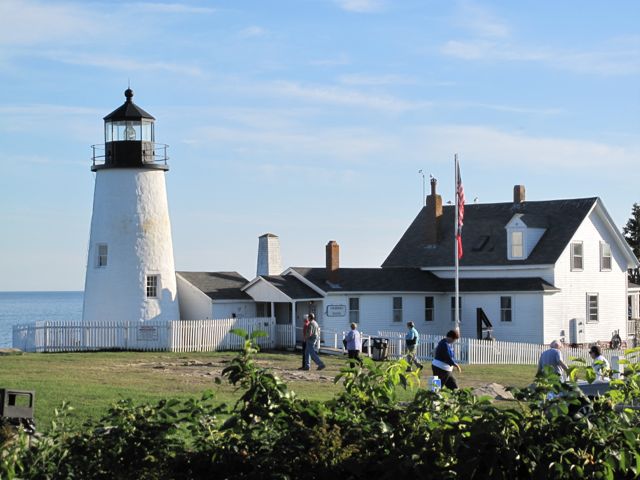
I’m sitting on the deck of my Satao Elerai tent gazing over the savannah grasslands at snow-capped Kilimanjaro, when I hear a rustling.
Elephants!
Since I have a love affair with these lumbering beasts, I came to one of the world’s best places to see them.
Amboselli National Park
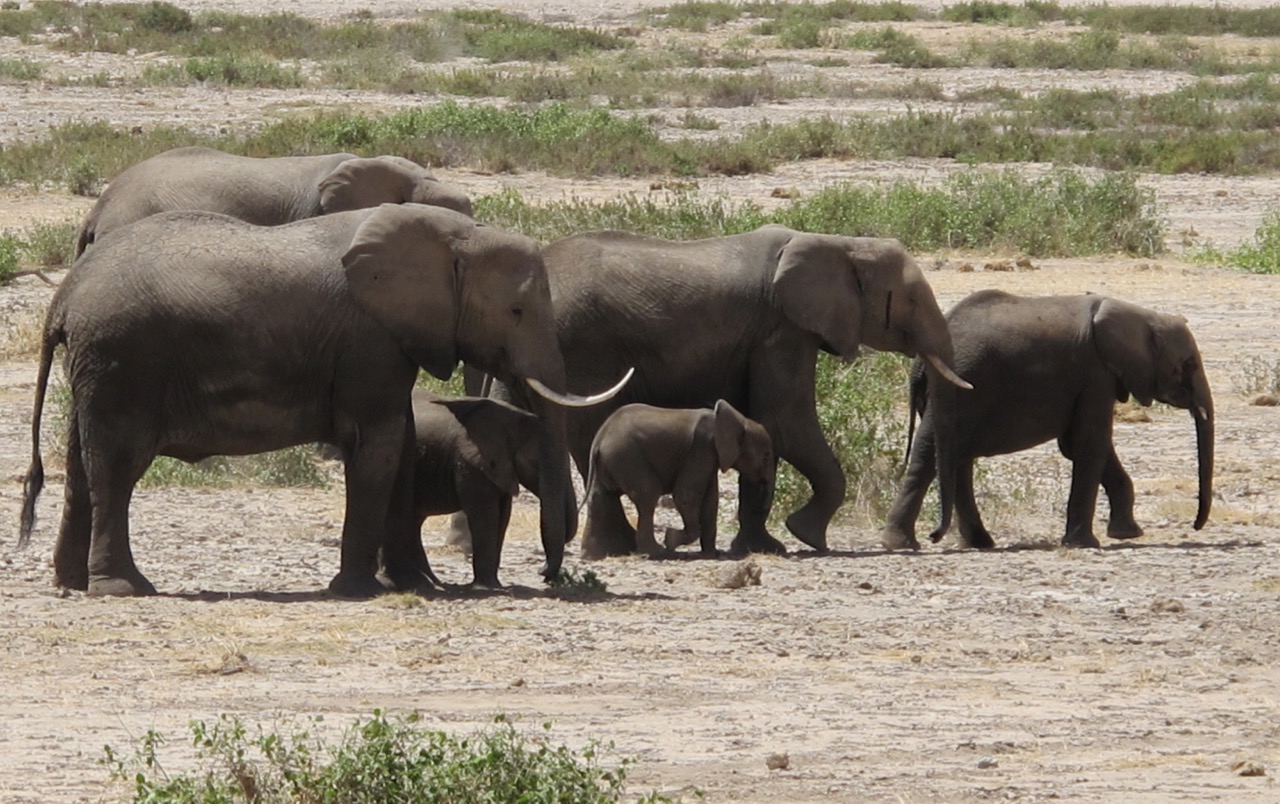
Kenya’s Amboseli National Park, located in the savannah grasslands beneath Mount Kilimanjaro, earns world renown for its elephants. It’s one of the few places that’s remained relatively undisturbed by population growth and loss of wildlife habitat. Credit for that goes to tourism, researchers, and the local Maasai people.
The park and surrounding Maasai tribal lands double as a migration path for the elephants. Here it’s possible to see elephants from newborns to bull males in their 40s and 50s. Unfortunately poaching, both for meat and ivory tusks, remains a problem.
Satao Elerai tented camp
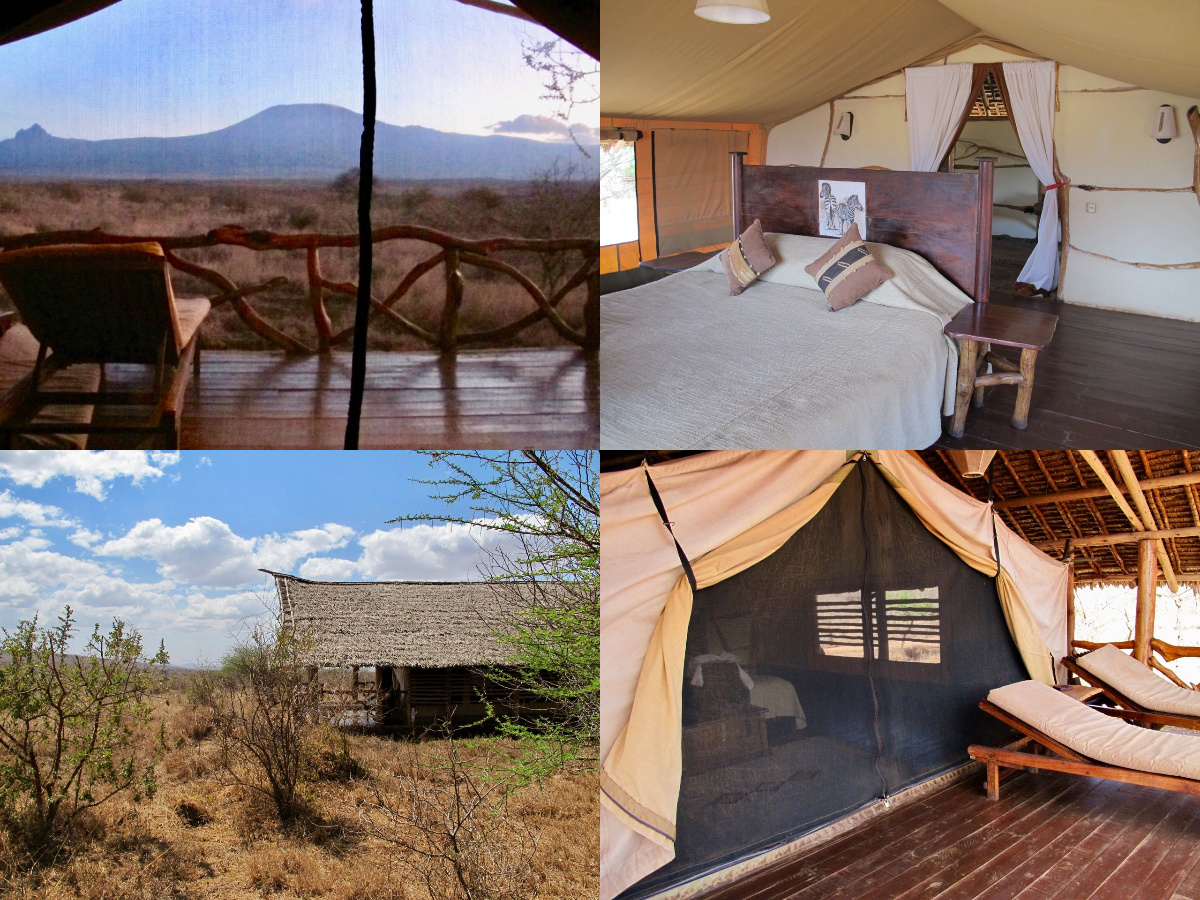
The effort to keep the mammoth mammals safe from poachers is continued at Satao Elerai, a tented safari camp located on a private, 5,000-acre conservancy about 10 kilometers outside the park. Tent is an understatement. Mine has canvas walls, yes, but also a full bed, a wood floor, and a shower bath.
Satao Elerai is located on the critical Kitenden Corrider linking the Kilimanjaro Forest Reserve in Tanzania with Amboseli National Park and beyond, says Wilfred Ngonze. He manages the Maasai-owned conservancy as well as a neighboring one. I’m chatting with him over tea in the main lodge, while more than a dozen elephants cavort in the watering hole outside the window.
Protecting elephants
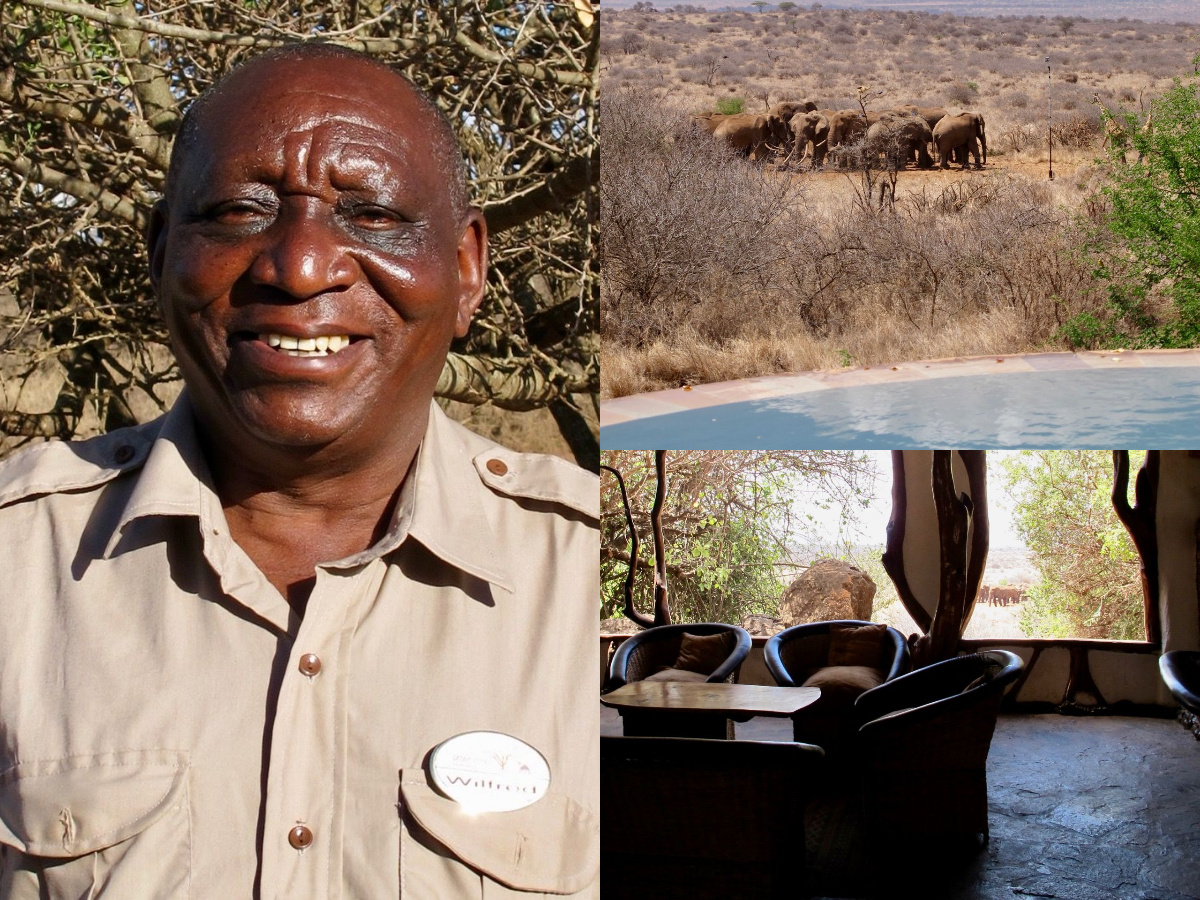
“We have a protection team of 12 rangers, and we have a population of more than 100 elephants at any given time,” Ngonze says. “We have observation points and patrols, and when we catch a poacher, we prosecute.”
Instability in neighboring Somalia and southern Sudan coupled with sport hunting in adjacent Tanzania contribute to the poaching problem, according to Ngonze. “In Kenya, we only shoot with a camera,” he quips.
Poaching isn’t the only challenge to managing the conservancy, Ngonzo says. Watering holes are few, and the local Maasai, their livestock, and wildlife share them.
Not so the mud bath outside the lodge window. That one is reserved for elephants and other wildlife. Guests can cool off in the pool, sip cocktails, or dine while watching elephants belly up to the bar. And even better, rates help support the conservancy efforts.
Daily game drives
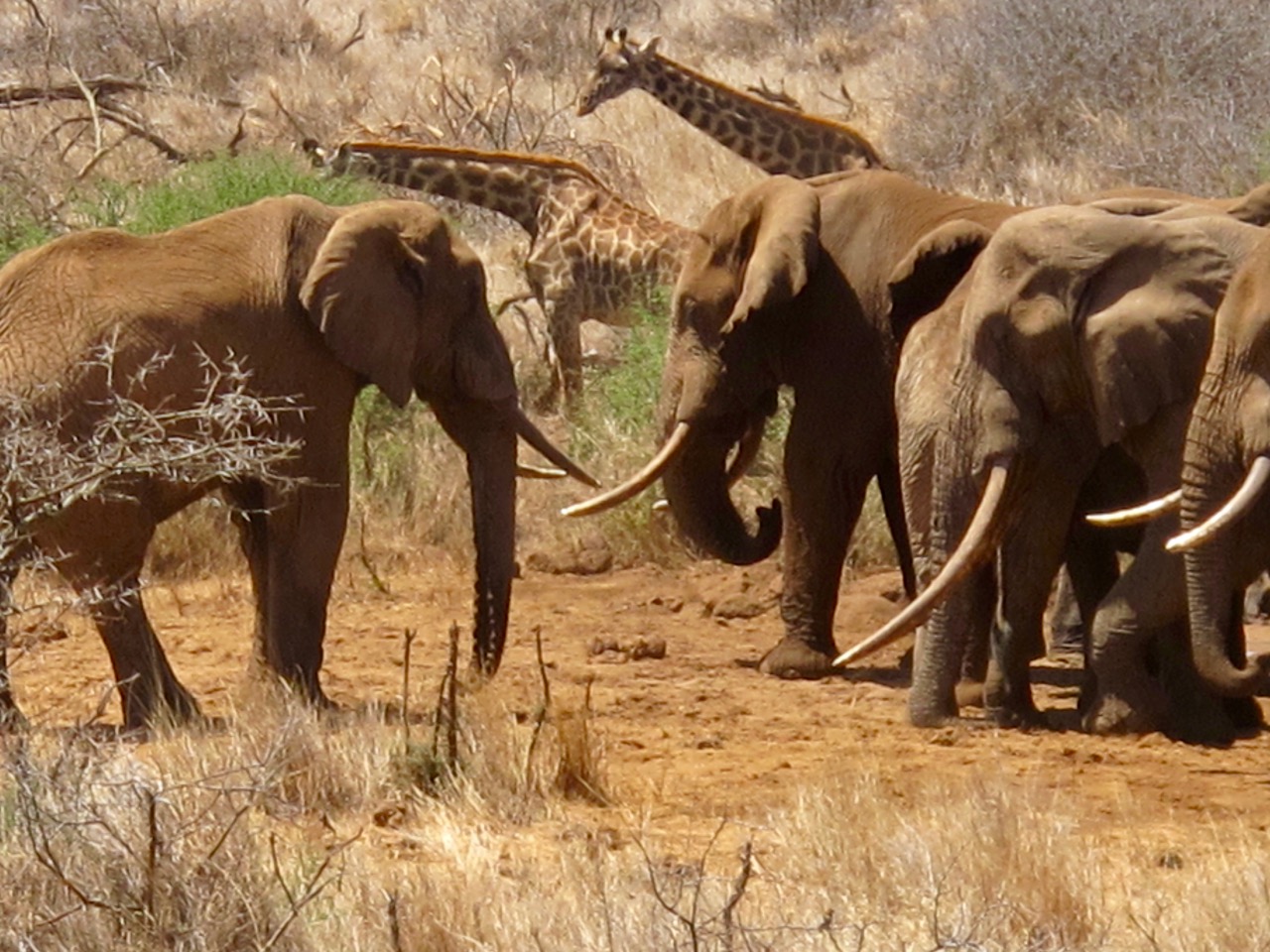
On daily game drives, it’s easy to view elephants of all ages up close, along with giraffes, baboons, hippos, zebras, wildebeests, ostriches, warthogs, and other wildlife.
The sightings far exceeded my expectations. Still, my favorites were the elephants viewed from from my doorstep.
